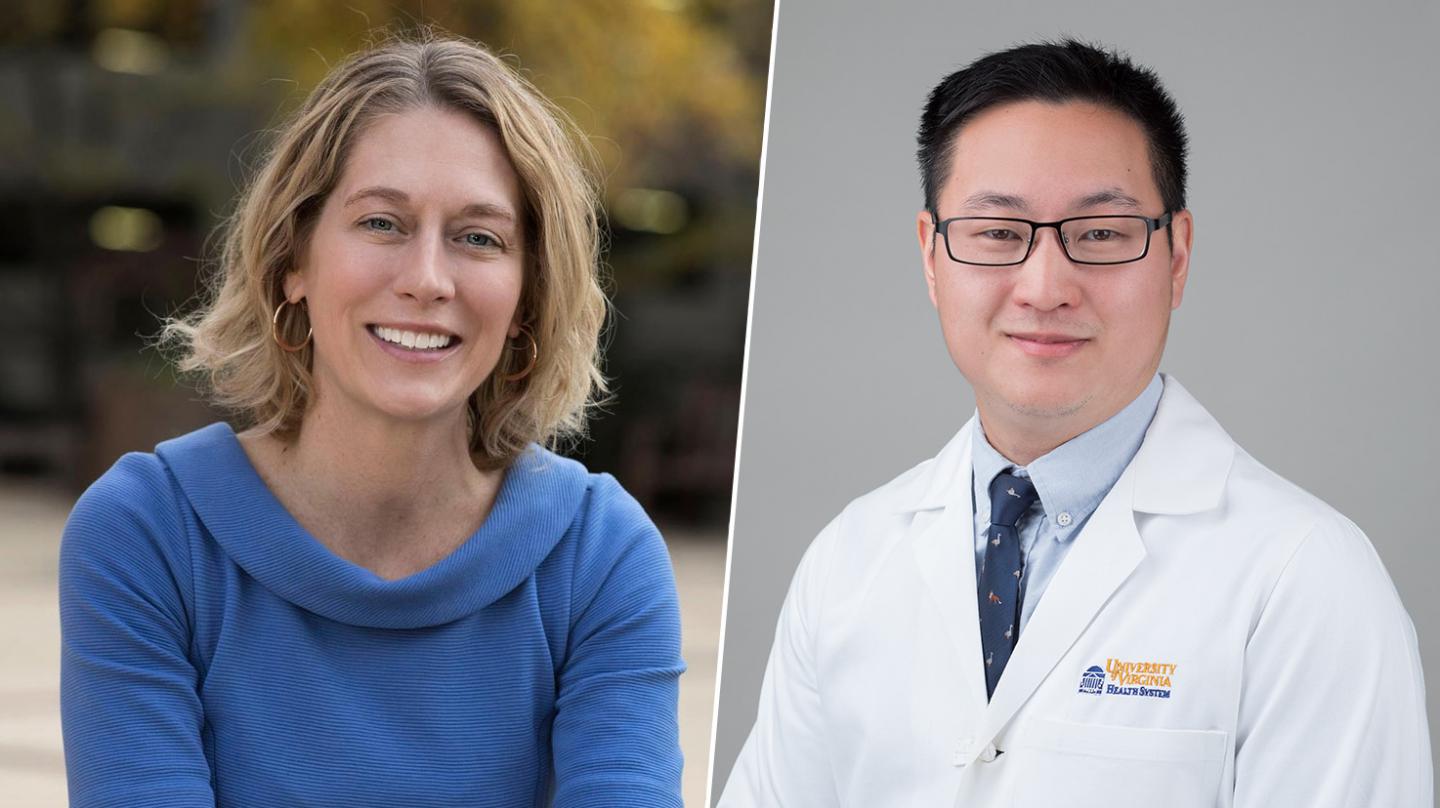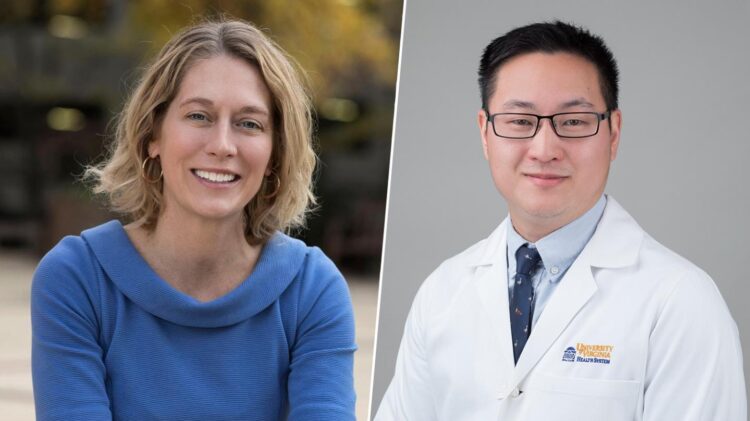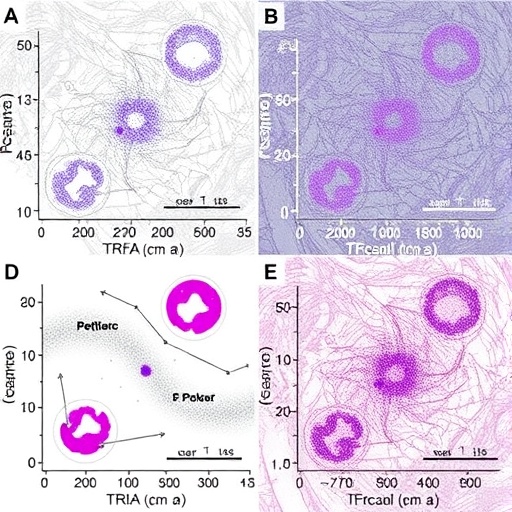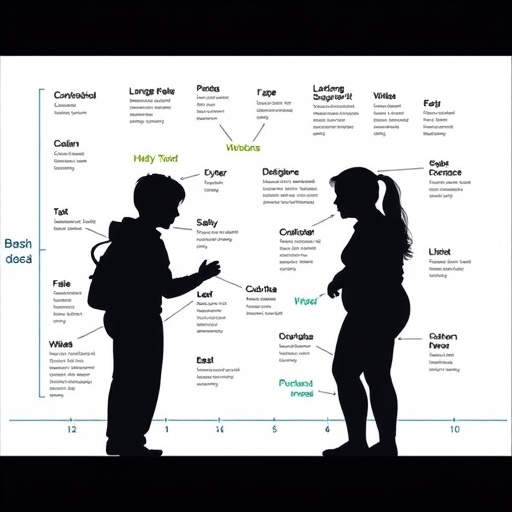Research sustainability at the UVA Center for Engineering in Medicine

Credit: Dan Addison for UVA Communications, contributed photo from UVA Health
Home sensors to monitor cancer patients’ pain. A smartphone app to manage breast cancer patients’ anxiety and depression. And $12 million in new grant funding to pay for even more health care advances, earned from just a $2 million initial investment.
These are just a few of the remarkable, positive results of the University of Virginia’s Center of Engineering in Medicine, which launched in 2017 and has developed a robust process to help its affiliated researchers win funding from institutions like the National Institutes for Health.
The center identifies promising research at the boundaries of engineering and medicine and provides seed grants allowing researchers to get started on their ideas and eventually earn external grant funding. The center also supports lab embedding; offers acculturation workshops to help engineers and medical practitioners speak each other’s languages; and partners with research teams to provide grant proposal development resources like NIH proposal development workshops – from the formation of an idea to submitting and revising a grant proposal.
The latest center researchers receiving multimillion-dollar NIH awards are Virginia LeBaron, a nurse scientist and assistant professor at the UVA School of Nursing, who is focused on treating cancer pain and depression with mobile technology and whose team has won a $3.4 million grant to develop a smart health sensing system to help patients and family caregivers manage cancer pain; and Philip Chow, an assistant professor at the Center for Behavioral Health & Technology at the UVA School of Medicine, whose team has won a $2.1 million grant to use phone apps to manage anxiety and depression in breast cancer patients. Chow was also selected for an additional and rare opportunity to extend his grant through the NIH merit award extension option.
The center’s method for sustaining return on investment
The LeBaron and Chow projects are part of the center’s first seed grant cohorts, projects initiated in 2017 and 2018 that have traversed the entire research development process — and the results are astonishing.
With baseline and prototype research data made possible by center seed grants, LeBaron, Chow and other center researchers were able to submit substantive proposals and garner follow-on funding from the big institutions — to the tune of $12 million with the center’s first $2 million investment. The center is poised to achieve this level of return on investment annually.
“Follow-on funding serves to complete the research cycle and bring a project to fruition, to translate it into a medical practice, device, software, drug, etc. and meet the critical goal of helping patients. It also helps sustain the operational costs of a department or unit housing the project,” said Dr. Mark Sochor, the center’s director, associate professor and vice-chair of research for the UVA Department of Emergency Medicine, medical director for the UVA Center for Applied Biomechanics and associate professor of mechanical and aerospace engineering.
“Using the centers ‘all-in’ supportive approach of the research team partnerships leads to comprehensive research development that continually feeds a university’s research ecosystem and leverages multidisciplinary collaborations to make breakthroughs,” Sochor said.
Managing pain – predicting patterns from complex data
Previous pilot grants from the center and the American Cancer Society enabled LeBaron and an interdisciplinary team of engineers and clinicians to design and successfully deploy a smart health home-monitoring system comprised of environmental and wearable smartwatch sensors into patients’ homes (known as the Behavioral and Environmental Sensing and Intervention for Cancer, BESI-C), for use by cancer patients and family caregivers.
LeBaron’s new NIH grant will scale-up deployments and refine how the observational data is used. With new layers of metrics related to how cancer patients and caregivers anticipate, experience and manage pain, she’ll quantify pain’s impact on their quality of life to build a more robust understanding of a patient’s individual “pain profile,” with the ultimate goal of heading off pain episodes before they begin.
“We know that pain is a remarkably personal and complex experience, and is often perceived differently by caregivers and patients,” LeBaron said. “If we look closely, we can characterize this unique experience, similar to a pain fingerprint or what we call a ‘digital phenotype.’ Understanding these nuances will allow us to develop better, more targeted therapies that are highly personalized, so clinicians can offer more effective relief – and also so that patients and caregivers themselves feel more empowered to manage symptoms and their self-care.”
An increased understanding of this “dyadic” effect – how a patient’s experience affects the caregiver and vice versa – can be a big help in unraveling cancer pain’s complexities.
Because most cancer patients are cared for in their homes, and far from medical care for many rural patients, LeBaron’s team’s powerful approach can help keep people comfortable at home, and out of the emergency room and hospital – even more relevant today, given the challenges of COVID-19.
Managing depression and anxiety – addressing symptoms with mobile apps and coaching
In Chow’s pilot project supported by the center, he and his team used the IntelliCare app suite to try to reduce anxiety and depression in breast cancer patients. The app suite is an already-proven set of apps that provides interactive tools for anticipating and coping with stress, increasing gratitude, challenging harmful thinking and engaging in more activities.
Chow’s team found that its use by breast cancer patients led to a significant reduction in symptoms of depression and anxiety, with very promising results among those with a moderate level of distress or greater.
“These [Intellicare] apps have been tested and used in general populations but never in cancer populations. Historical studies show that the more you use mental health apps, the more benefit that you get from them and that’s certainly what we saw in our pilot.
“There’s so much emphasis on treating the disease, and I think there should be, but sometimes the emotional and mental health side of things gets overlooked during the treatment process. The literature supports well-being is correlated with a better recovery,” Chow said.
“The doctors were so appreciative of this intervention and the patients were, too. I’m still getting thank-you emails from the original study participants!”
The NIH grant will help the team solidify the results from the pilot by using a randomized study with a long-term follow-up. The team will also test the impact of human coaching as a way to increase engagement with the app suite.
“If needed, the coaches will ask the patients what their problems or symptoms are and help match them with the right app. This could eliminate a barrier to using the apps and getting the benefits from them,” Chow said.
###
Media Contact
Wende Whitman
[email protected]
Original Source
https:/





